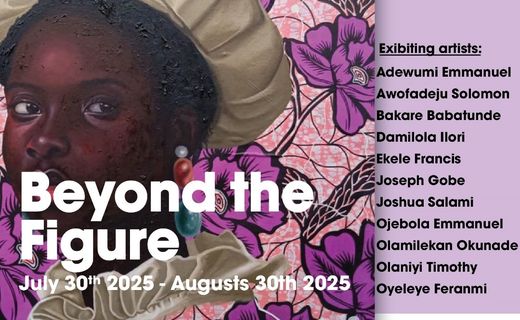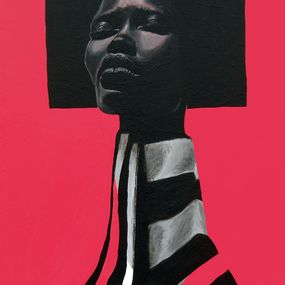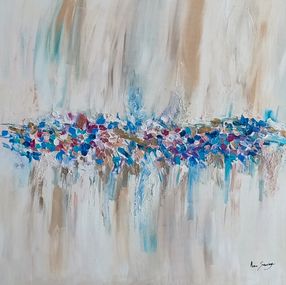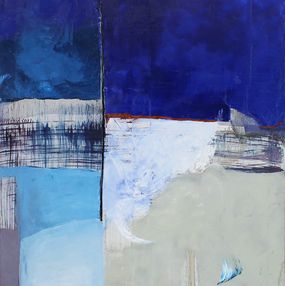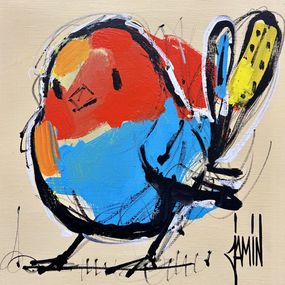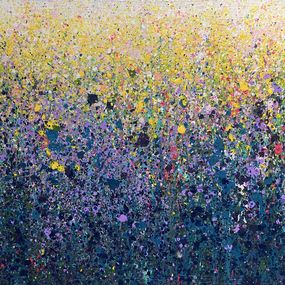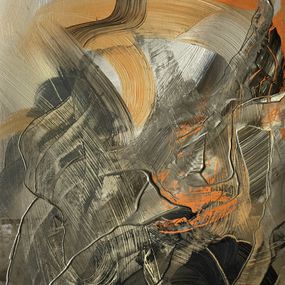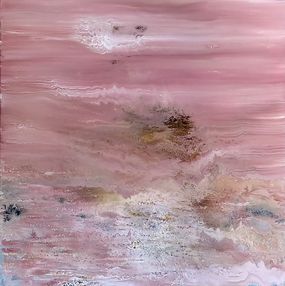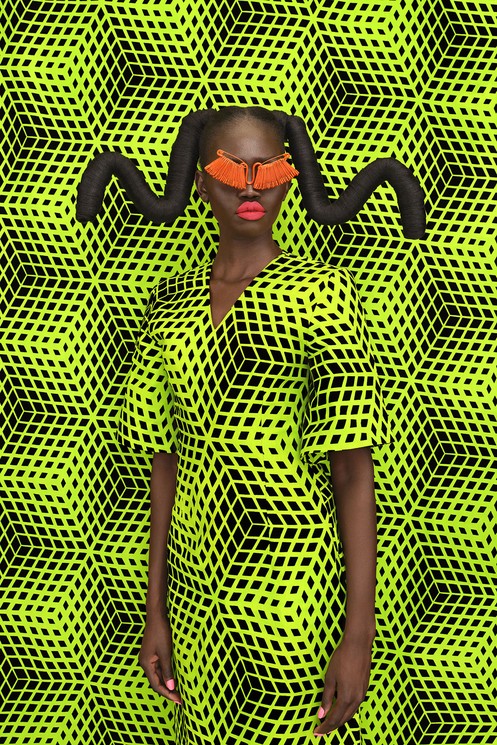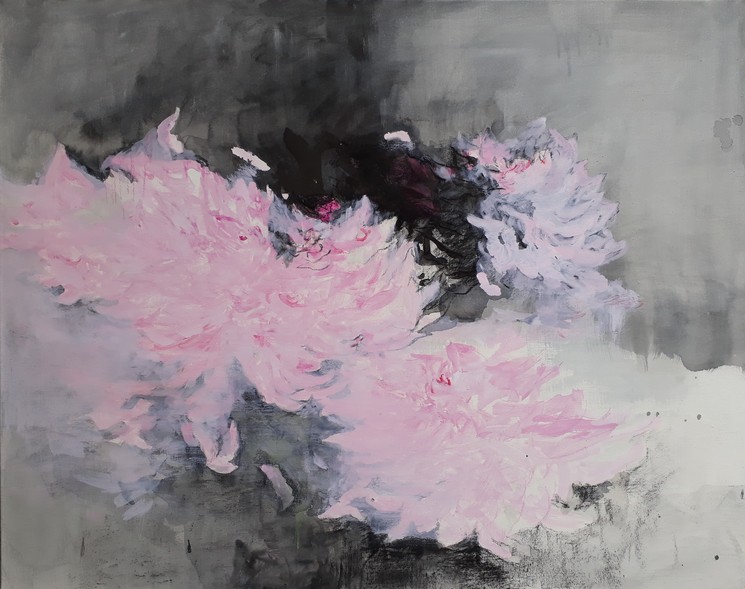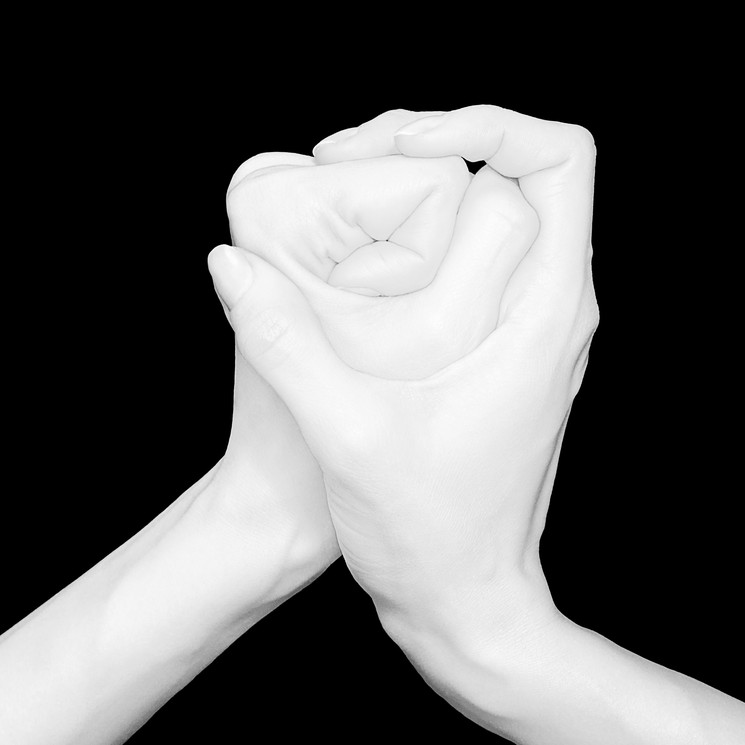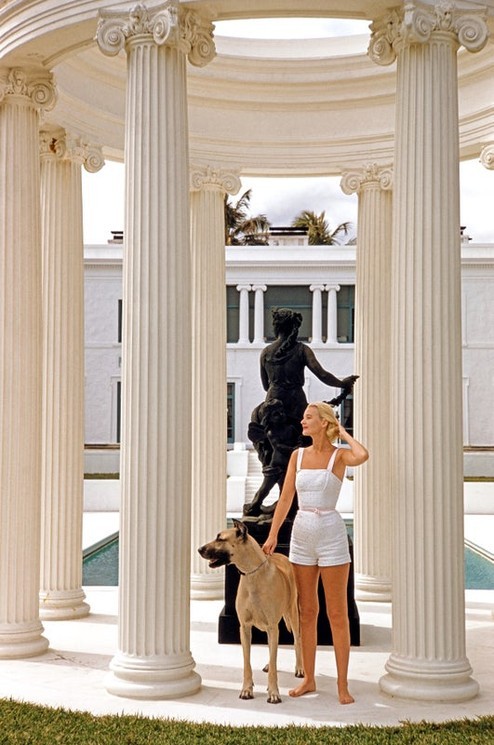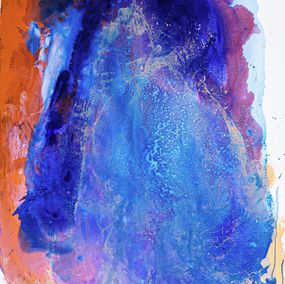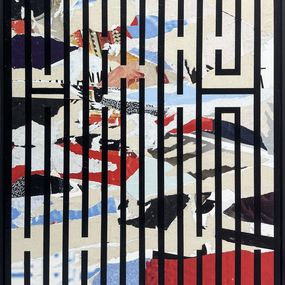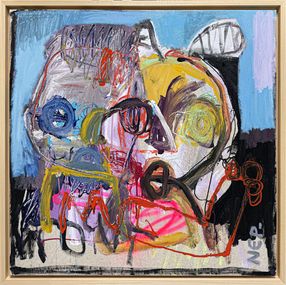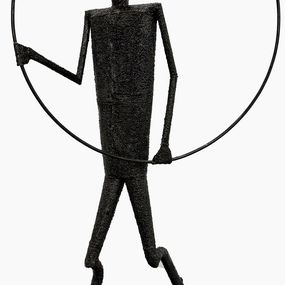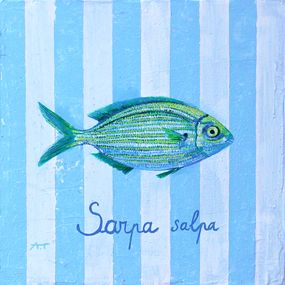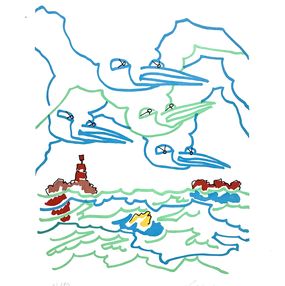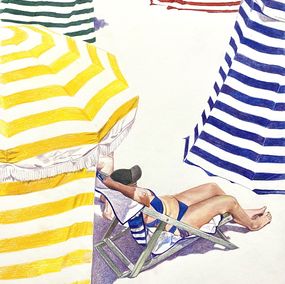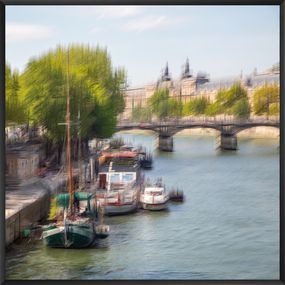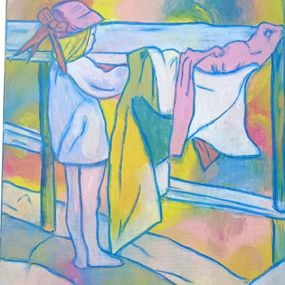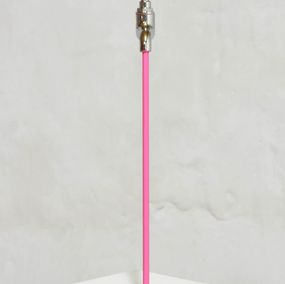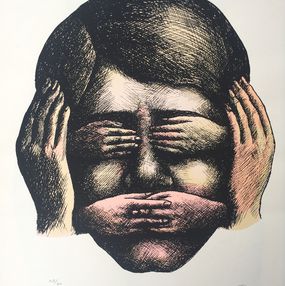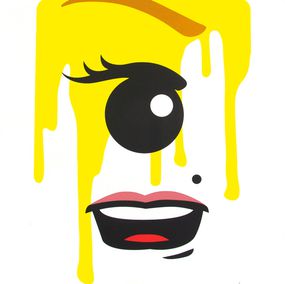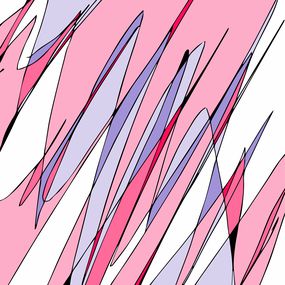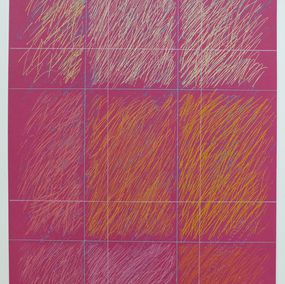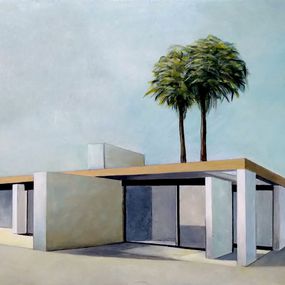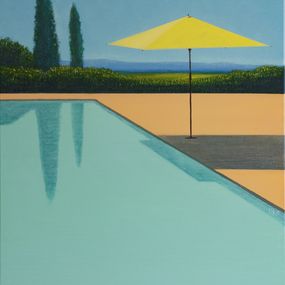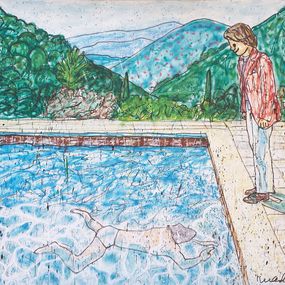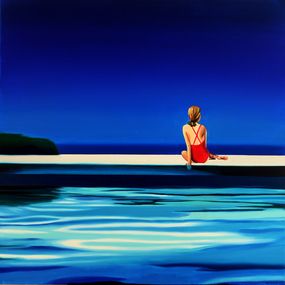
Bestsellers
Discover artworks our collectors love
Spotlight on BELART Gallery
Discover artworks our collectors love
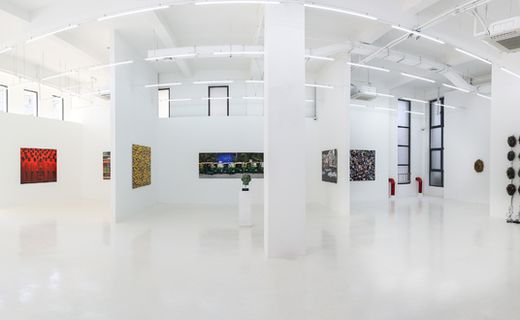

Crush of the Month: July
Prints for Gifting
Inspired by David Hockney
Artsper, a world leader in online contemporary art sales

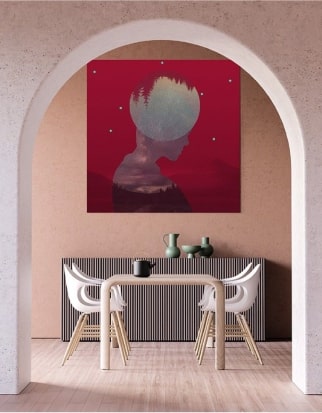
Selection
Our experts select the best contemporary art galleries.
Negotiated lower prices
Artsper develops long-term, trustworthy relationships with its 2600 partners.
Secure payments
You can order safely by credit card, Paypal or bank transfer.
Current collection
Bronze Sculpture for Sale
The technique of creating bronze sculptures has remained largely unchanged since ancient times. Sculptors begin by molding the subject in wax, then encase it in clay, before pouring molten bronze, an alloy of copper and tin, into the mold. Once the bronze cools, the clay is broken away, leaving the bronze sculpture behind. This time-tested process allows for high levels of detail, making bronze a highly valued material for sculptors, particularly for outdoor works due to its robustness and resistance to the elements. Additionally, bronze sculptures can be enhanced with patinas, which give them a range of color nuances, adding to their appeal and uniqueness.Bronze is one of the oldest materials used in art, dating back to around 2800 BC, when it was first used to create tools and sculptures in ancient civilizations such as Mesopotamia, Egypt, and China. In Mesopotamia, bronze was used to represent animals in sacred art, while in Egypt, it was used to personify gods and create small statues for tombs. However, it was in ancient Greece where the material truly flourished, as craftsmen began to create remarkably lifelike human figures and deities. This innovation cemented bronze's place in the history of art, with many Greek works being imported to Rome. In Rome, the demand for bronze sculptures grew, and the production of bronze statues became a popular way to decorate theatres and the homes of the wealthy.As Christianity rose to prominence, the focus shifted to church decorations, leading to the replacement of bronze sculptures with stone carvings. It wasn't until the 14th century that the art form experienced a revival, with the rediscovery of bronze masterpieces during archaeological excavations in Italy. This resurgence continued into the 15th century, when artists like Filippo Brunelleschi and Lorenzo Ghiberti used bronze to decorate the Florence Baptistery doors, marking the beginning of the Renaissance. Donatello, influenced by Roman art, was a pioneer in conveying emotion through bronze sculptures, followed by his pupil, Andrea del Verrocchio, who also trained Leonardo da Vinci. As the Renaissance spread across Europe, bronze sculptures became highly sought after, particularly in Italy, where artists competed to produce the most impressive works.The 16th century saw the Flemish sculptor Jean de Bologne rise to prominence as the master of bronze sculpture, and his influence played a key role in spreading the technique across Europe. In France, however, the demand for bronze sculptures fluctuated with the political regime, especially during the reign of Louis XIV, when sculptors were commissioned to create bronze works to decorate the royal court, including the grand halls of Versailles.The 19th century saw a revival of bronze sculpture, with artists like Auguste Rodin and Camille Claudel pushing the boundaries of the medium. The 20th century saw further innovation, with movements like Cubism and Art Deco incorporating bronze into their works. While bronze is a heavy and expensive material, which can make it less accessible for collectors, contemporary artists continue to use it for large-scale, striking sculptures. On Artsper, you can find bronze works by renowned contemporary artists such as Giuseppe Penone, Alberto Giacometti, César Baldaccini, and Philippe Pasqua. From Giacometti's surreal, elongated figures to the whimsical butterflies and still-life sculptures of Pasqua, bronze continues to captivate with its enduring appeal, blending tradition and innovation in the modern art world.

Gift Card
Whether it's for a wedding, anniversary, graduation or any other special occasion,
there's no better gift than art.






